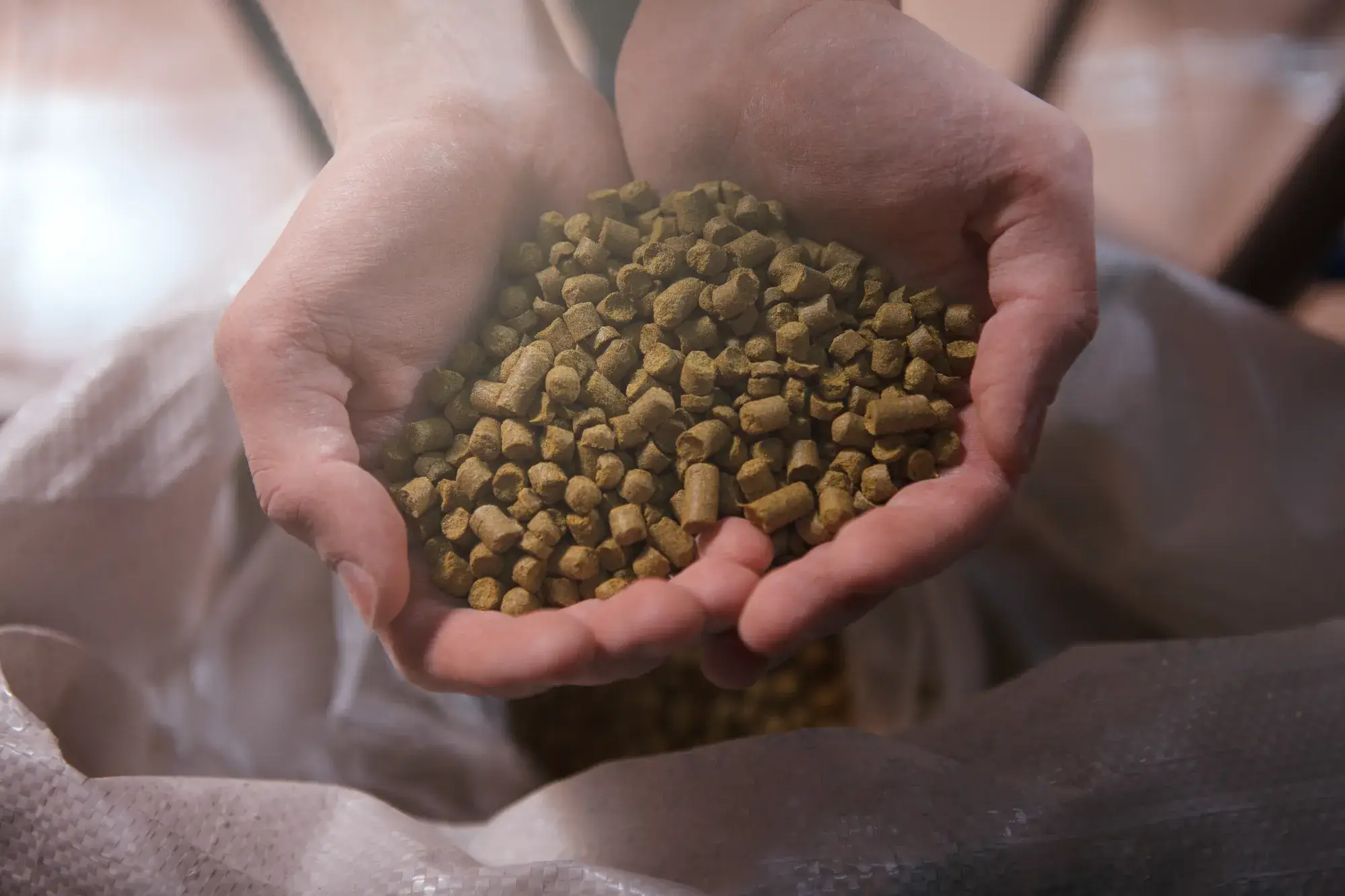Hops are a critical ingredient in beer, providing bitterness, flavor, and aroma. Without hops, beer would be overly sweet and lacking in complexity. In this article, we’ll take a closer look at hops and their role in beer, as well as explore the different types of hops available and how to use them in your brewing.
What are Hops?
Hops, also known as Humulus Lupulus, are a type of flower that grows on a vine and belongs to the Cannabaceae family. They have been used in beer for over a thousand years, first by German brewers in the 11th century. Hops were originally added to beer for their preservative properties, as they help to inhibit the growth of bacteria and spoilage microorganisms. However, over time brewers discovered that hops also provide a wide range of flavors and aromas to beer.
ADvertisement
The different forms of hops
Hops come in various forms, each with its unique properties and usage. Whole leaf hops, also known as whole cone hops, are the most natural form and have a delicate aroma. Pellet hops are made from ground-up whole leaf hops and are the most commonly used form in brewing. They dissolve quickly, making them ideal for dry hopping. Cryo hops are a concentrated form of pellet hops, with lower vegetal matter and higher alpha acids. They provide a more intense flavor and aroma while using fewer hops. Finally, hop extracts are available in liquid and powder form and can be added directly to the wort. They provide a high level of consistency in flavor and bitterness and are commonly used in commercial brewing.
The Three Uses of Hops
Hops can be used in three main ways in beer brewing:
Bittering
Added to the wort during the boiling process to provide bitterness to balance out the sweetness of the malt. The longer the hops are boiled, the more bitterness they will impart to the beer.
Flavoring
Added towards the end of the boil or during the fermentation process to provide additional flavor to the beer. This is where you’ll get the citrusy, floral, or spicy notes that are often associated with different hop varieties.
Aromatics
Used to provide aroma to the beer. This is typically achieved by adding hops at the end of the boil or during dry hopping, which is the process of adding hops directly to the fermenter after primary fermentation has completed.
As you can see there are different moments to do a hop addition. Each moment itself will have a different effect on the beer.
Types of Hops
There are many different varieties of hops available, each with its unique flavor and aroma characteristics. Some of the most popular varieties include:
- Cascade: This American hop provides a grapefruit and citrus flavor and aroma.
- Centennial: Another American variety, Centennial is known for its piney and floral notes.
- Saaz: A Czech hop, Saaz provides a spicy and earthy flavor and aroma.
- Hallertau: This German hop is known for its floral and herbal notes.
- Fuggle: An English variety, Fuggle provides a woody and earthy flavor and aroma.
How to Use Hops in Your Brewing
The amount and timing of hops can greatly affect the final flavor and aroma of your beer. It’s essential to follow your recipe carefully and understand the characteristics of the varieties you’re using. You’ll also want to consider factors like hop utilization, which can be affected by your brewing equipment and process.
Conclusion
Hops are an essential ingredient in beer, providing bitterness, flavor, and aroma. Understanding the different types and how to use them in your brewing is key to creating flavorful and well-balanced beers. Whether you’re a seasoned brewer or just starting out, hops are a crucial component in making great beer.

